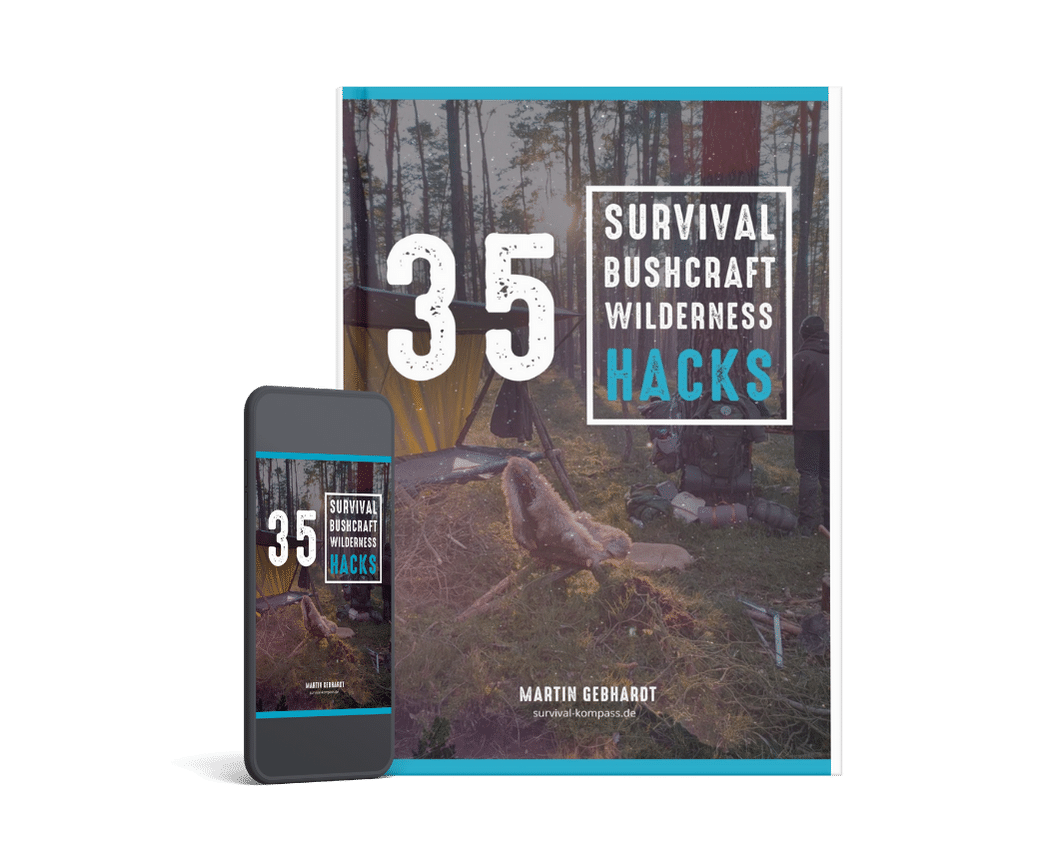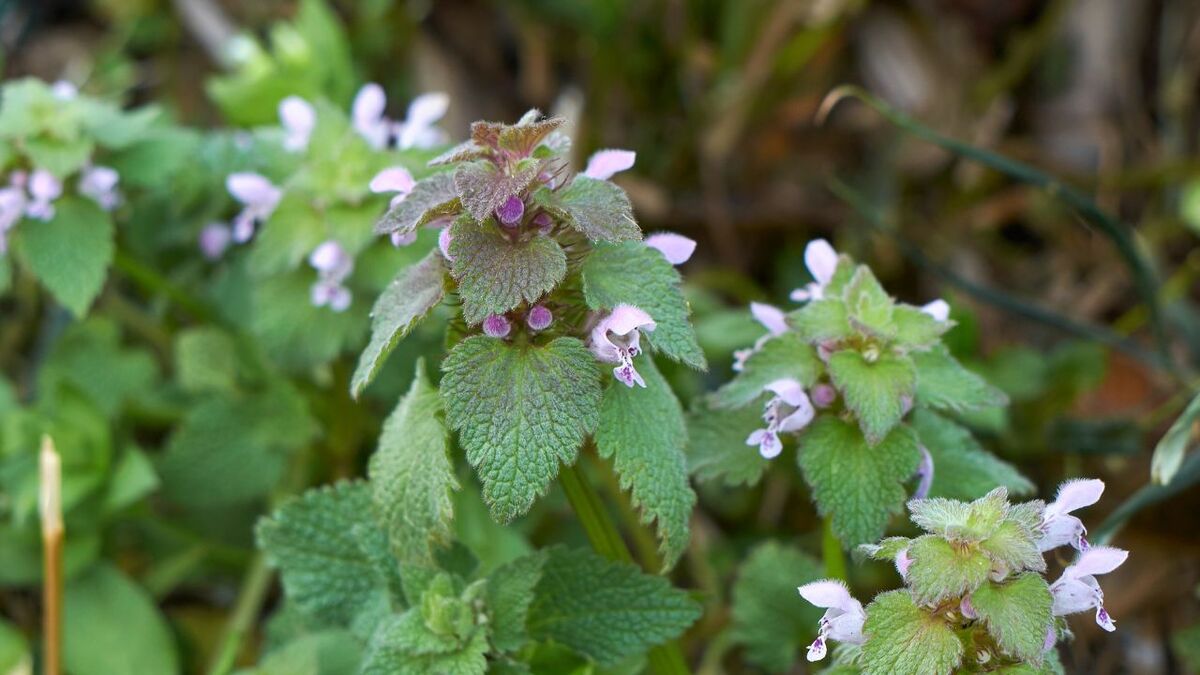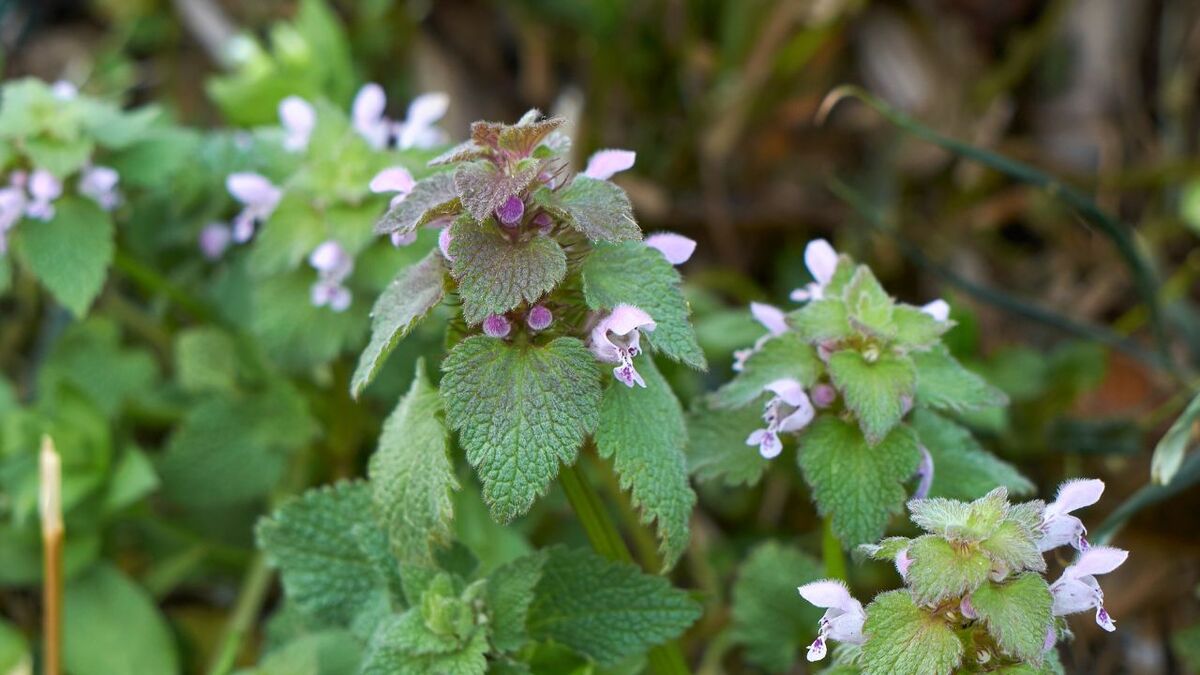
Deadnettle: The Nettle That Does NOT Sting - Your New Kitchen Star?
👉 The key facts from this guide
- The deadnettle looks similar to the stinging nettle but has no stinging hairs – just handle it carefully, no burning = dead nettle!
- It belongs to the mint family, has square stems, soft leaves, and pretty flowers in purple, white, or yellow.
- Almost all dead nettle species are edible – you can use leaves, flowers, young stems, and even the roots in the kitchen.
- In terms of taste, you can expect a mix of mild-mushroomy for the leaves and sweet-honey-like for the flowers – perfect for salads, teas, and smoothies!
- It is packed with beneficial ingredients like vitamin C, iron, and flavonoids and is traditionally used for coughs, gastrointestinal issues, and women's ailments.
- For bees and bumblebees, its flowers are super important in spring – so always be mindful and sustainable when foraging!:
Do you know that? You see this plant by the roadside, in the garden, or in the meadow – and it looks strikingly similar to the nettle!
Often with pretty purple, white, or sometimes yellow lip flowers. Your first thought: "Just don't touch!"
But wait! Before you make a big detour, take a closer look. Maybe it's the Nettle (Lamium species)?
And it is not only harmless, but a real jack-of-all-trades – healthy, delicious, and a true blessing for bees and bumblebees!
As a wilderness educator, I love plants that can do more than meets the eye at first glance. And the deadnettle is such a candidate.
She is basically the friendly twin sister of the nettle – without stinging hairs, but with surprising qualities for your survival kitchen and home pharmacy.
Safely recognize: The crucial difference to the nettle
The most important thing first: How do you distinguish it from the real nettle, so you don't end up with a burning surprise?
The No-Sting Check: Feeling Allowed!
This is the main difference: Deadnettles have NO stinging hairs!
You can touch the leaves and stems without any burning or itching. That is the safest distinguishing feature. If you are unsure, gently stroke a leaf with your finger. Does it not burn? Good!
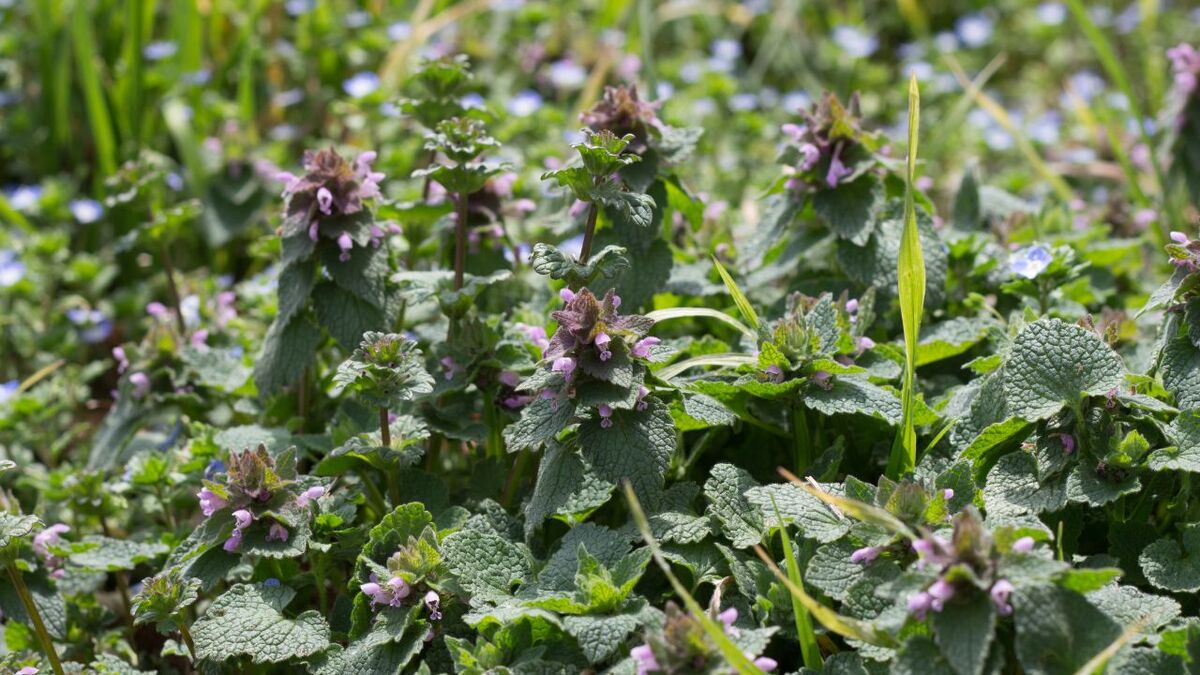
Look & Feel: Typical Lamiaceae
- Flowers: Deadnettles belong to the family of mint plants. Their flowers look like small mouths or lips, usually arranged in whorls (tiers) around the stem. Depending on the species, they are purple/red (e.g. Lamium purpureum), white (Lamium album), yellow (golden deadnettle, Lamium galeobdolon) or spotted (Lamium maculatum).
- Stem: Typical for mint plants is the square stem. Roll it between your fingers, you can often feel it distinctly.
- Leaves: The leaves are opposite each other on the stem (decussate), are often heart-shaped to triangular, and have a serrated or jagged edge. They feel soft.
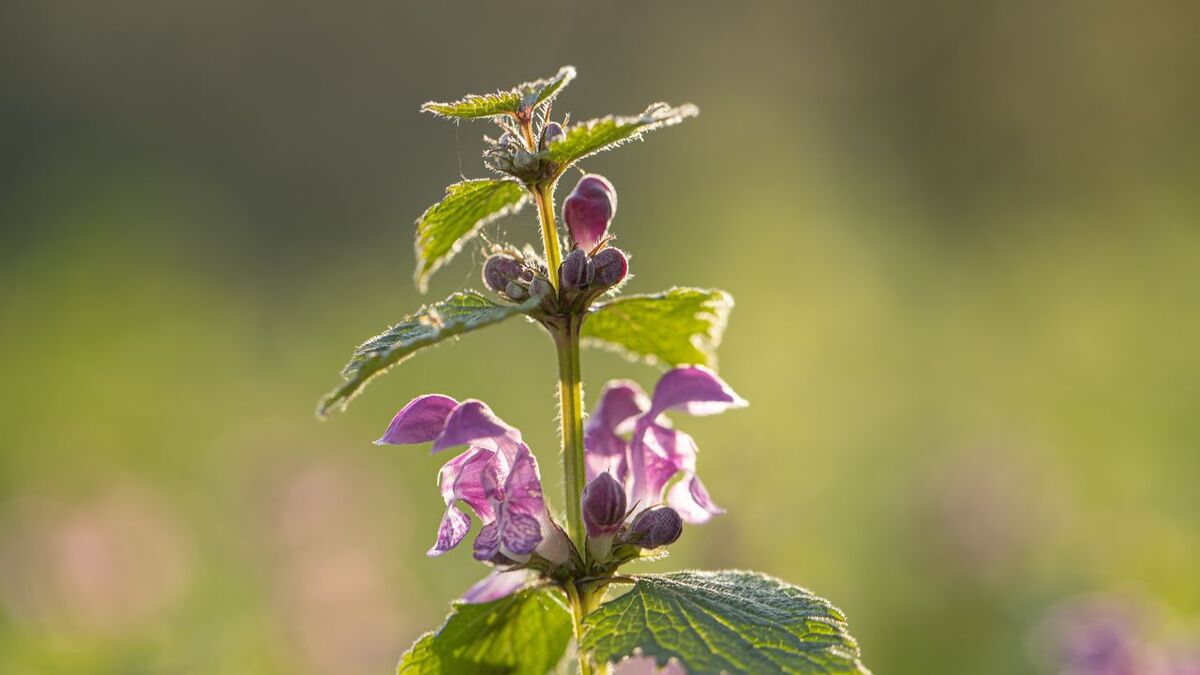
Location: Where it feels comfortable
Nettle plants are not picky. You often find them in nutrient-rich, rather moist soils in partial shade, but also in sunnier spots. They grow in gardens (sometimes to the despair of gardeners!), in meadows, along roadsides, under hedges.
Harvest Time & Edibility: A Celebration for Collectors
The good news: Almost all species of deadnettle found with us are edible!
The most well-known and commonly used are the Purple and the White Dead-nettle.
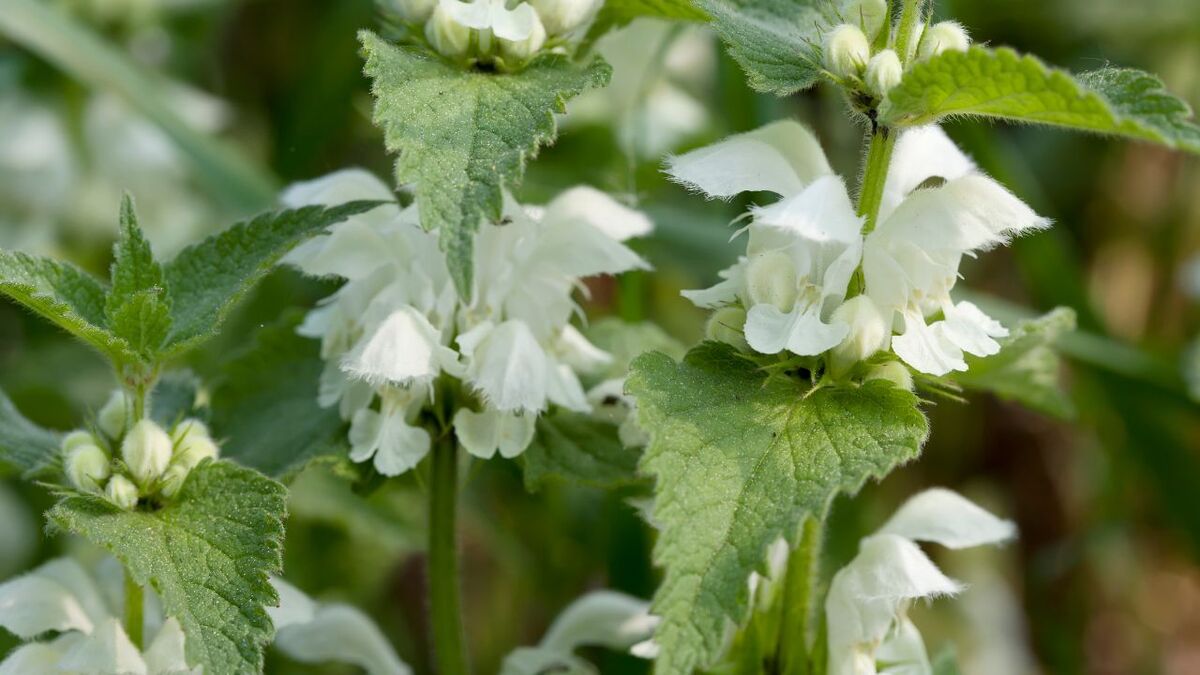
When does it start?
The best time to collect the young, tender leaves and shoots is in the spring (March to May) and then again in the autumn (September to October/November).
You can collect the flowers throughout the entire blooming period (typically from March to October!).
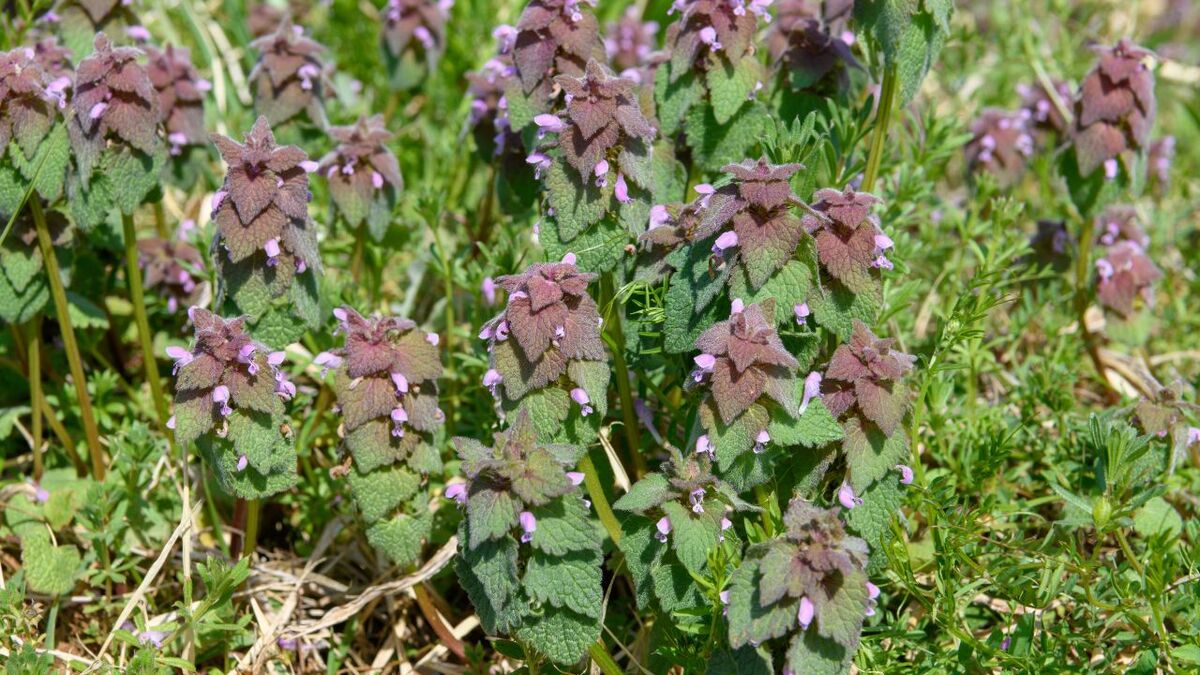
What can go in the cart?
All parts of the plant are edible:
- Leaves & young shoots: The "main course". Raw or cooked.
- Flowers: Sweet, great as decoration or for tea.
- Stems: Young, tender stems can also be used.
- Roots: Principally edible (earthy-mushroomy taste), but usually leaves and flowers are preferred.
Important note: Even though deadnettles often grow abundantly – collect sustainably! Take only as much as you need, and leave enough for the bees, bumblebees, and the plant itself so that it can recover.

Flavor Explosion: Of Mushrooms and Honey
Now it gets exciting: What does the deadnettle actually taste like?
- Leaves: Many describe the taste as surprisingly mushroom-like, similar to champions, but milder than nettles. Sometimes also slightly earthy or grassy-floral.
- Flowers: Who as a child didn't suck the sweet nectar directly from the flowers? Hence, names like "honey sucker" or "slime nettle". The flowers bring a delicate sweetness.
Nettle in Wilderness Cuisine: More than Just Decoration
With this flavor profile, you can do quite a bit:
- Raw in salad: Young leaves and flowers enhance any wild herb salad – both in flavor and appearance!
- Cooked like spinach: A great alternative! Simply steam or use in soups and stews.
- Soups & Green smoothies: Adds an interesting, mild flavor and nutrients.
- Dead-nettle tea: Pour hot water over 2 tsp of fresh or dried flowers, let steep for 5 minutes. Said to be good for respiratory and gastrointestinal issues.
- Spicy side dish: Quickly sautéed as a vegetable side.
- Decorative topping: The pretty flowers look great on desserts, sandwiches, or savory dishes (e.g., sprinkle over the mentioned tomato-feta casserole).
- For pets: Rabbits and guinea pigs often enjoy fresh dead-nettles too!
Powerhouse from the Wayside: What's Inside?
The deadnettle is not only delicious but also a little powerhouse:
- Vitamins & Minerals: It provides vitamin C and various B vitamins, as well as iron, potassium, calcium, and magnesium.
- Valuable Ingredients: The tannins, flavonoids, and essential oils contained are said to stimulate kidney function and have anti-inflammatory effects. Traditionally, it is used for detoxification, menstrual problems, gastrointestinal issues, coughs, and urinary tract infections (but as always: consult a doctor for serious complaints!).
- Bee Food: Especially in spring, the flowers are an extremely important first food source for bumblebees and bees. For that alone, it deserves our respect!
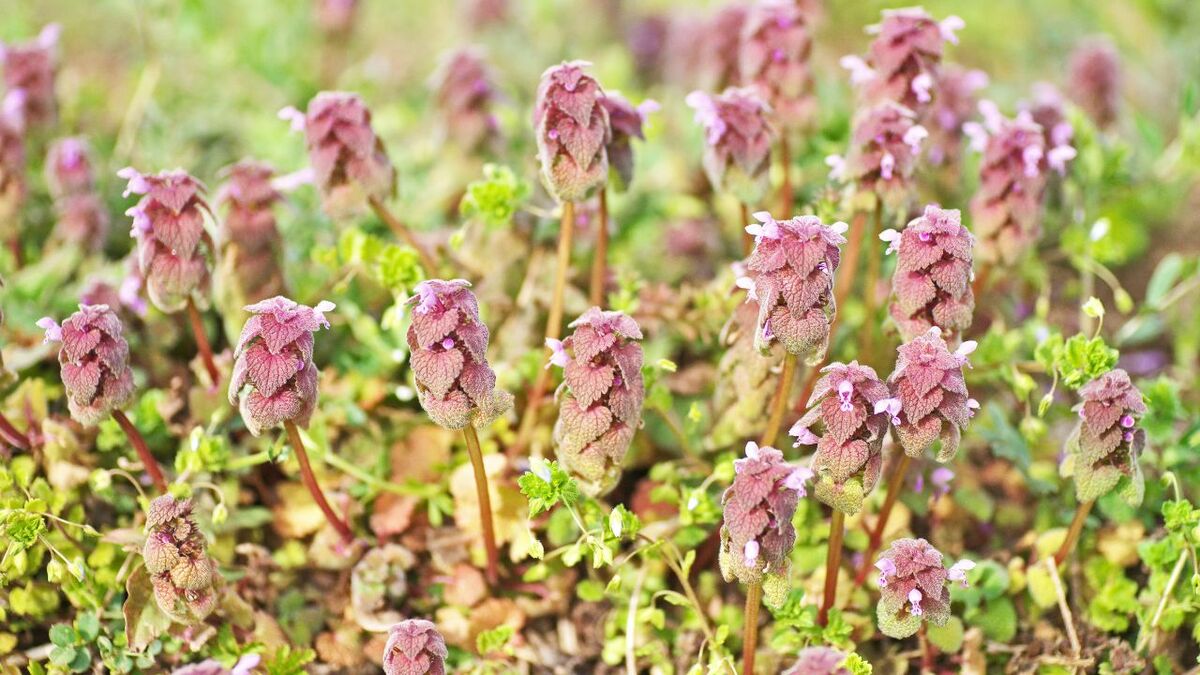
The Gardener Aspect: Friend or Foe?
In the garden, the deadnettle can sometimes become a challenge due to its spreading tendency. It forms root runners and can create dense carpets.
If you want to contain them, you must consistently remove the roots (stab them). But hey – more harvest for you!
In the right location (moist, semi-shaded), it is robust, low-maintenance, and a great ground cover (also for the herb layer of your forest garden).
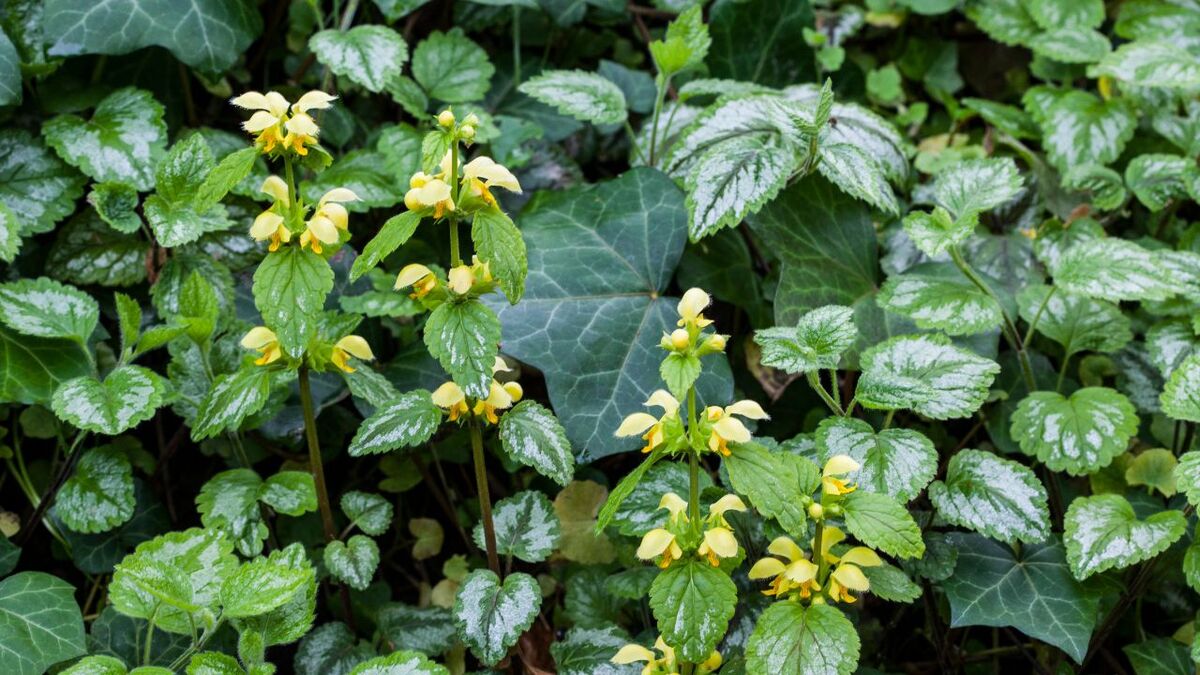
Conclusion: The Gentle Nettle for Explorers
The deadnettle is a fantastic example of how inconspicuous "weeds" are often underestimated treasures. It is easy to identify (no stinging!), versatile in the kitchen, packed with good ingredients, and also does something for the insect world.
So, on your next walk: keep your eyes open! Maybe you'll discover your new favorite salad ingredient or the component for your next wild herb tea. Dare to approach the deadnettle – it's worth it!


Author of the guide
Martin Gebhardt
Hey, I'm Martin. On my blog, you will learn the basics and numerous details about living in the wild. I think survival, bushcraft and the good life in nature are the keys to happiness. Find me here on Instagram or on YouTube. You can find more about my mission on the About Me page.
Was this guide helpful?
11 people found this guide helpful.
5.00 out of 5 points (11 Ratings)
Comments (0)
This post may contain affiliate links. So if you click on the links and make a purchase, I will receive a small commission at no additional cost to you. Click here, to learn more about it.


